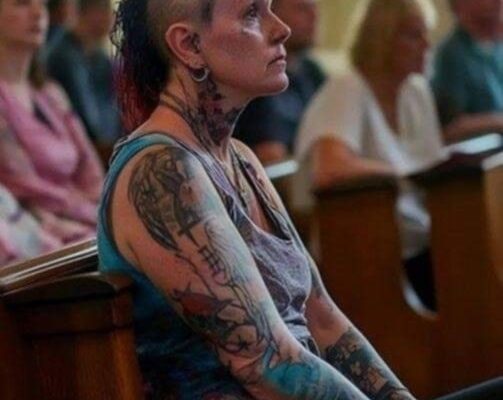Last Sunday, I noticed a woman in her 40s at church, covered in tattoos and piercings. Growing up, I was taught that church attire should be modest and respectful, but her appearance made me question these old assumptions. Was my discomfort about church clothing rooted in outdated beliefs?
After the service, I suggested she might want to tone down her bold look for church. Her response, “How I look has nothing to do with you,” made me rethink my stance. Perhaps my views on “proper” church attire were too rigid. In a world where individuality is valued, should we still hold people to traditional dress codes in places of worship?
The lines between what’s considered “acceptable” and “inappropriate” have blurred. For some, modest dress shows respect, but for others, self-expression—like tattoos and piercings—is part of who they are. Shouldn’t church be about inclusion and unity, welcoming everyone regardless of their appearance?
Churches should focus on creating a space for connection, not judging people based on their clothing. We risk missing out on diverse stories and experiences by focusing too much on looks. Tattoos and piercings can reflect someone’s journey, which could deepen our understanding of faith.
There’s value in balancing tradition with personal expression. Churches can encourage thoughtful attire that respects the space without enforcing rigid rules. A culture of mutual respect can help create a welcoming, inclusive environment.
Ultimately, church is about the heart and spiritual connection, not appearances. Whether someone comes in tattoos or Sunday best, their sincerity in faith is what truly matters. By embracing diversity, we create a community where everyone feels valued.

